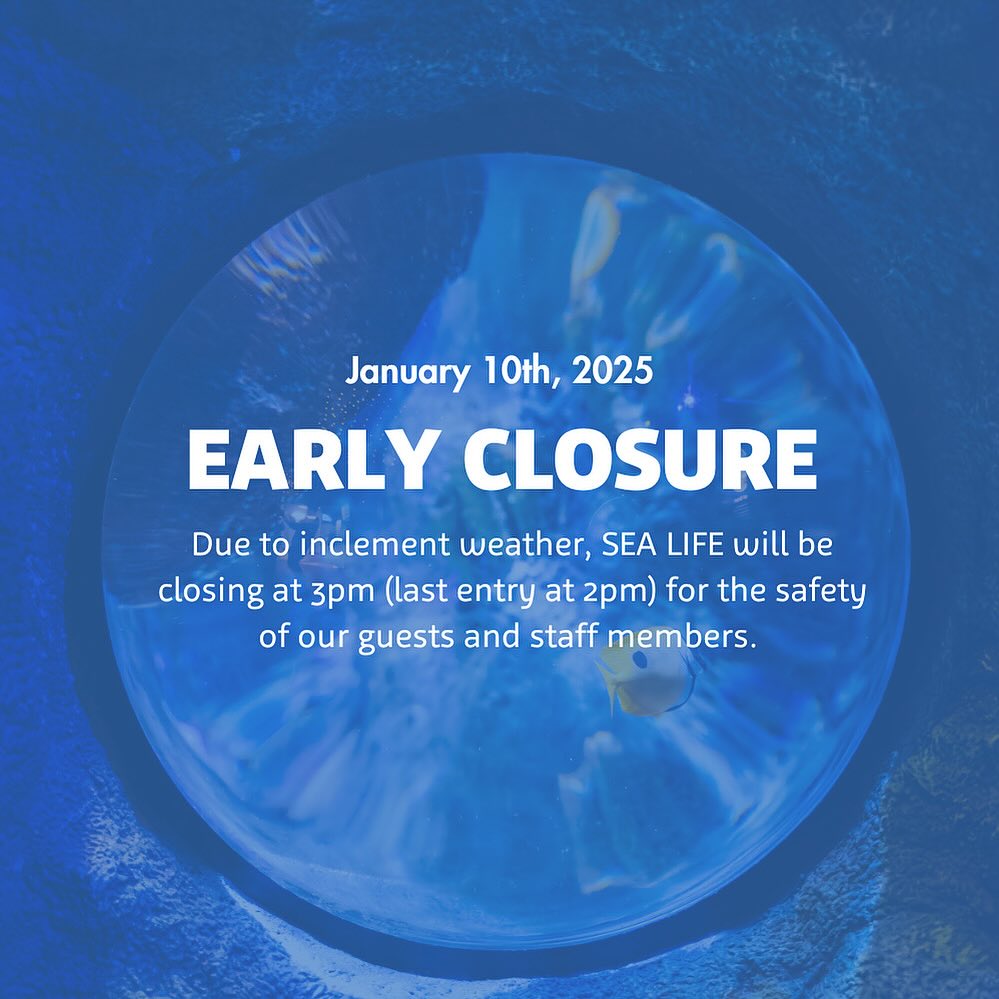- Impact of adverse weather conditions on animal welfare and zoo operations
- Strategies for maintaining the safety and well-being of both the animals and staff during natural disruptions
- Training and preparedness protocols for emergency situations in zoos
- Communicating operational changes effectively to the public
- Role of zoos in wildlife conservation and public education, especially in challenging times
When faced with the approach of severe weather events such as a snowstorm, managing a zoological facility becomes a challenge not just in logistical terms, but also in preserving animal welfare and safeguarding staff and visitors. This scenario compels institutions to adapt their operations swiftly, prioritizing safety without compromising on the care of the wildlife housed within. Such challenges serve as poignant reminders of how valuable comprehensive planning and readiness are to assure the seamless functioning of zoological parks in times of unexpected natural disruptions.
The foremost consideration during adverse weather is the impact on animal welfare. Animals, accustomed to specific environmental conditions, can be vulnerable during abrupt changes. For example, certain species may face physical or psychological stress due to temperature drops. Birds accustomed to tropical climates or reptiles dependent on consistent heat are particularly at risk. It is paramount that zoos have robust contingency plans to provide necessary shelter, warmth, and care to all animals. This involves preparing backup systems for heating and ventilation, ensuring dietary needs are met despite potential supply delays, and arranging suitable indoor accommodations for animals usually kept in outdoor exhibits.
To achieve this, zoo management implements an array of strategic measures to guarantee the upkeep of animal health. Staff training plays a critical role here. Personnel need to possess deep knowledge of each species’ needs and behavioral tendencies under stress. Regular drills and simulations are employed to establish familiarity with emergency procedures. Staff members must be proficient in administering first aid or emergency care to animals when required.
These proactive measures extend to staff considerations as well. Personnel safety cannot be overstated, as ensuring their well-being is crucial to maintaining operational capacity. This requires assessing travel conditions for staff required on site, as well as providing protective gear and training on handling situations that may threaten personal safety during inclement weather. Moreover, teams are established with clear communication channels to coordinate efforts and share responsibility, reducing stress and workload during emergencies.
Effective communication with the public becomes equally essential during such situations. People visiting or planning to visit the zoo must be made aware of operational changes like early closures or temporary shutdowns due to the pending snowstorm. Channels such as social media platforms, the zoo’s official website, and local media are employed for timely updates. Transparency in communication about the reasons behind such decisions reinforces the institution’s commitment to safety and care, which helps to maintain trust within the community.
Furthermore, events like these underscore the crucial role zoos play in wildlife conservation and education. During disruptions, the efforts to protect captive wildlife ripple outward, reminding communities of the importance of conservation work. Zoos contribute significantly by engaging audiences and raising awareness about the necessity of conserving biodiversity even in challenging times. They also act as bastions of education, promoting understanding of animal behavior and encouraging people to live harmoniously with nature.
In summary, the decision to close a zoo early in anticipation of a snowstorm involves thorough planning and execution. The focus remains on mitigating risks to both humans and animals, while maintaining the standards of care expected from modern zoological practices. This thoughtful approach extends beyond simple contingency planning, reflecting the zoo’s dedication to its mission in wildlife management and public outreach, even when faced with nature’s unpredictability. By prioritizing safety and employing robust strategies, zoos continue to succeed in their dual roles of conservation and education, reassuring the public of their commitment to both human and animal welfare.
*****
Source Description
⚠️ Important Update: Due to the upcoming snowstorm, we’ll be closing early today to ensure everyone’s safety. ❄️
Stay warm, stay safe, and we’ll see you soon for more underwater adventures! 🐠


